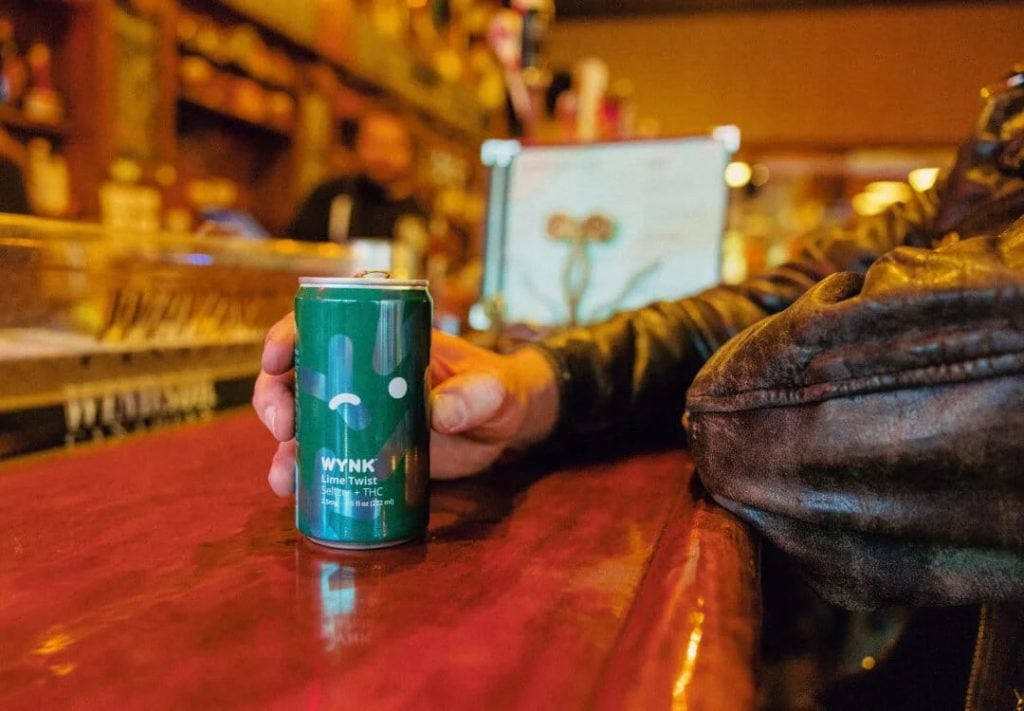Dry January: What I Learned During My Sober(ish) Month
This is the final installment in a four-part series. Find week one, week two, or week three here to catch-up on everything you missed.
I spent the weekend hungover after getting drunk on a Friday. Despite being a frequent drinker, I don’t usually tip over that edge. I don’t know why I did this time. The pressures of work? My constant loneliness? But it came from somewhere deep. And sad. And, quite frankly, a little dark.
I did stupid things. I drank too much, which affected my body—I was hungover for two days. I cried in a bar after seeing my ex with another woman. I embarrassed myself and may have ruined one of my most important relationships. He has yet to text me back after I apologized. I don’t even remember what I said, how I said it, or if I paid my bar tab.
I feel like those of you who have been following this journey are all my parents, and I just got an F on my report card. I’m hanging my head in shame. “I know, I know…” I repeat to myself.
It’s January 29, as I write this, and I have three more days to go. This far in, I’ve given myself a lot of leeway. I’ve broken my stride six times, sometimes with one glass, sometimes a little more. It doesn’t look good, but it’s not a bad track record for someone who would down three glasses in a sitting most days of the week without a second thought.
Am I ashamed of my lapses? Yes and no. Some came more easily than others, but some were intentional and free from the whims of my insecurities and emotions. I had multiple stretches of eight, five, or three days without any alcohol at all. That’s a win for me. After all, what I was seeking from Dry January was intention. I don’t want to be sober. That seems too final, a label that I’m not comfortable with. I’d rather stick with mindful drinking—a trend that’s been taking off the last few years.

The idea is to self-reflect whenever you consume alcohol, to bring awareness to your behaviors when you choose to drink. This could mean counting the number of drinks you have each day, or asking yourself why, when, and where you are when you’re considering drinking. It’s easier with tools, including Reframe, an app that draws on neuroscience to help users take a more intentional approach to alcohol consumption.
Co-founder Vedant Pradeep created the app with his wife to help manage his own OCD. In his research, he found that, often, people were self-medicating with alcohol to quell their OCD symptoms.
However, the stigma of recovery centers or Alcoholics Anonymous was too weighty for someone who was simply trying to cut back, so the couple decided to create a space that would offer ways to start drinking less. Initially partnering with psychiatrists at Emory University, Reframe now has its own cadre of mental health professionals to help users through their journey toward temperance.
That includes an educational component: facts about what drinking does to your body and mind. I’ve dabbled in the program myself and still get daily emails cautioning me on the perilous physical effects of alcohol. According to Vedant, the app has over 2.5 million users and has eliminated over 400 million drinks from users’ diets, based on data from the app’s daily drink tracking. Reframe has struck a chord with the sober-curious community.
“Our mission is [to] make the whole process of cutting back and building healthier habits as easy as it possibly can be,” Pradeep says. “We try to make it as close to a therapist as we possibly can and teach people new strategies and new tips and new tricks and new ways to deal with things. This [app] cannot be a subsidy for professional help, however, because at the end of the day, there’s so much value in connecting face-to-face with a therapist.”
At 9 p.m. every night, my phone chimes with Reframe’s cute little brain emoji, asking me how many drinks I’ve had today. I’m embarrassed every time that notification hits my screen. I quickly swipe it away if I’m around people—not shame about how much I drank, but sheepishness about needing the accountability, which is something I’ve been running away from. I want to start to control my actions, rather than having my impulsive desire to escape my own reality call the shots.
After nearly 30 days of participating in Dry January and documenting my journey, I’ve learned that I’m not as strong as I thought I would be. My best friend started this journey with me, and she’s just completed 30 days of sobriety. That’s chip status. I am so proud of her, but I wonder where I went wrong.
I try not to compare, but it’s hard to avoid. We have different relationships with alcohol, as everyone does. But I suppose I’m still holding on to the emotional crutch and comfort that a quick drink brings me. It’s pretty easy going to a show and ordering a club soda, especially if I’m with friends. It’s when I’m alone that I don’t trust myself. My bipolar depression gets the best of me in the silence. In the doldrums.
That’s when I forget that I’m medicated to help those intrusive thoughts, but alcohol is an accelerated pacifier. It speeds up the process of becoming temporarily happy. Then, it fades back into my frustrations.
And I’ve learned that the combination of all these factors is why I cried at a bar. It’s why I’m anxious every day at work. I’m not holding myself accountable to my behaviors, and I’m running amuck, led by my emotions. If I’m being honest, I like the support from friends that comes during times I’ve given into my temptations and the validation they offer when I start to doubt my worth. It’s a secondary gain that I get attention from the sadness that is, quite frankly, fueled by my drinking.
I ask Vedant if he thinks addiction is curable.
“[It] really does depend on whether or not you’re physically dependent or not. In our case, [for] more than 90 percent of people, they are not physically dependent, but they use alcohol as a negative, unhealthy coping strategy,” he says. “We’ve seen success with people cutting back. So, in that scenario, just through working on it and setting intentions and actually flowing through the program and building these healthier habits, identifying what the issues are, and then working on solving it, you absolutely can sustainably cut back on alcohol.”
His positivity heartens me. I know that I am not dependent, just a little indulgent.
I think about my ex. I think about my jobs. I think about my future. It’s scary letting go of the status quo. Alcohol has been a friend. A comfort. For someone who has been mostly single her entire life, save some memorable and lasting situationships, it’s kind of been my lover, too. It was so hard consciously choosing an NA option rather than the companionship of a cocktail because it gave me some kind of purpose that I wasn’t getting from other parts of my life.
As February looms, I’m “allowed” to drink now. Maybe without the pressures of my self-appointed rule of not drinking, I’ll actually think about it less and think about myself more. Because of my missteps, I think I’ve learned more than if I was sober the entire month. I see my triggers and can call out what happens when I indulge and how I ultimately feel after I take a drink—which varies depending on the circumstance.
Do I want a repeat performance of what happened this weekend? Absolutely not. And that’s a commitment I am making to myself. For me, I see a year where I build myself back up without the constant need for booze to be my personality. I’ll spend more time on my body and my mind. I’ll work out. I’ll write. I’ll read. I’ll meditate. I’ll finish that play that’s been looming in my mind for seven years.
There’s plenty to do besides drink. And plenty to celebrate in myself that doesn’t require a glass of grower Champagne. In employing these tools and activities, I want to find a love of myself from within and not depend on anything else—whether that’s a person or some liquid in a bottle.
The post Dry January: What I Learned During My Sober(ish) Month appeared first on San Diego Magazine.
Categories
Recent Posts

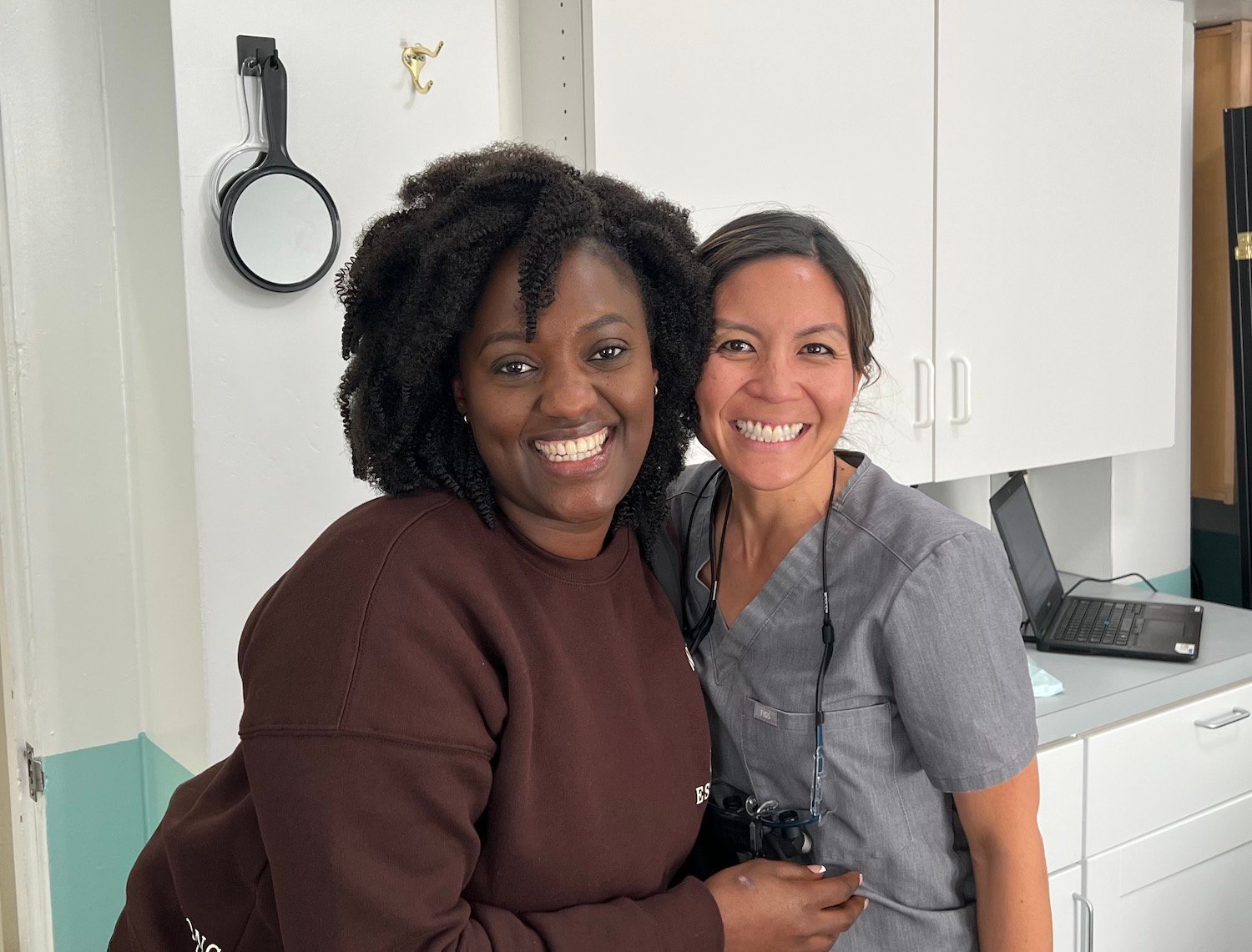



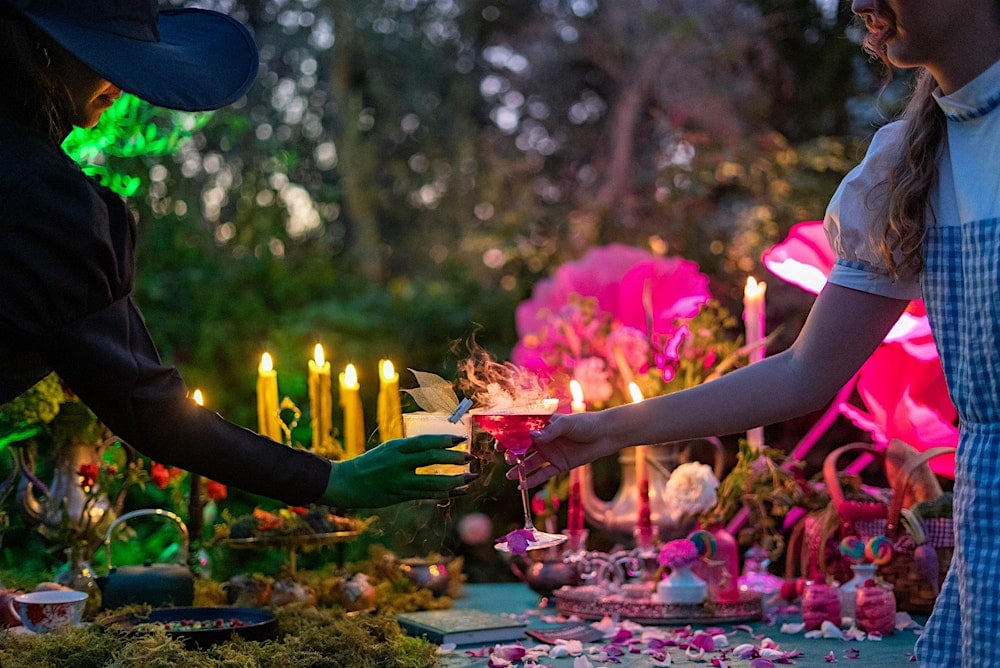

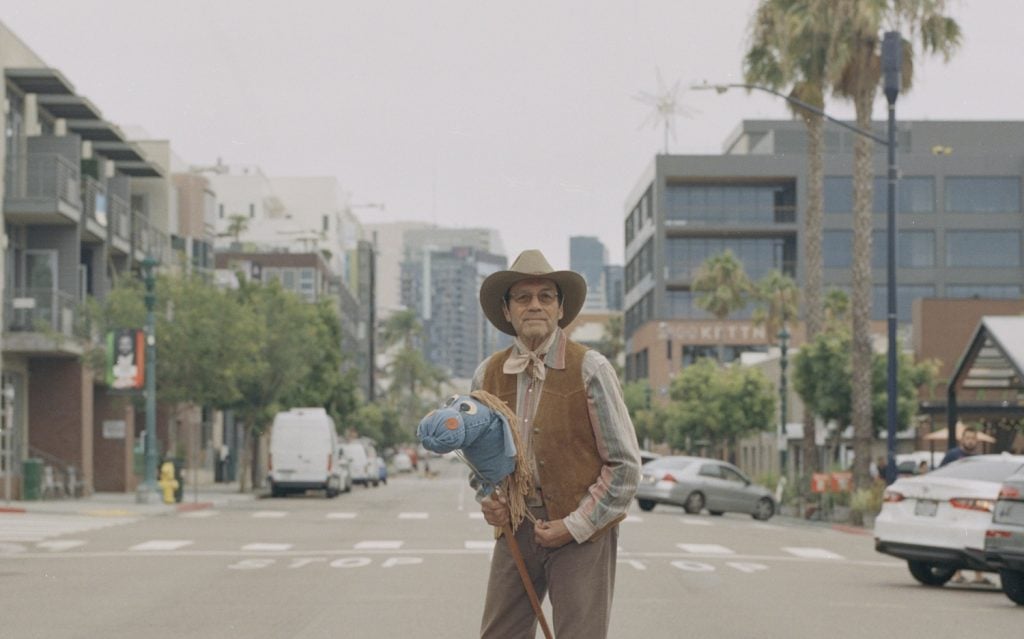


GET MORE INFORMATION

